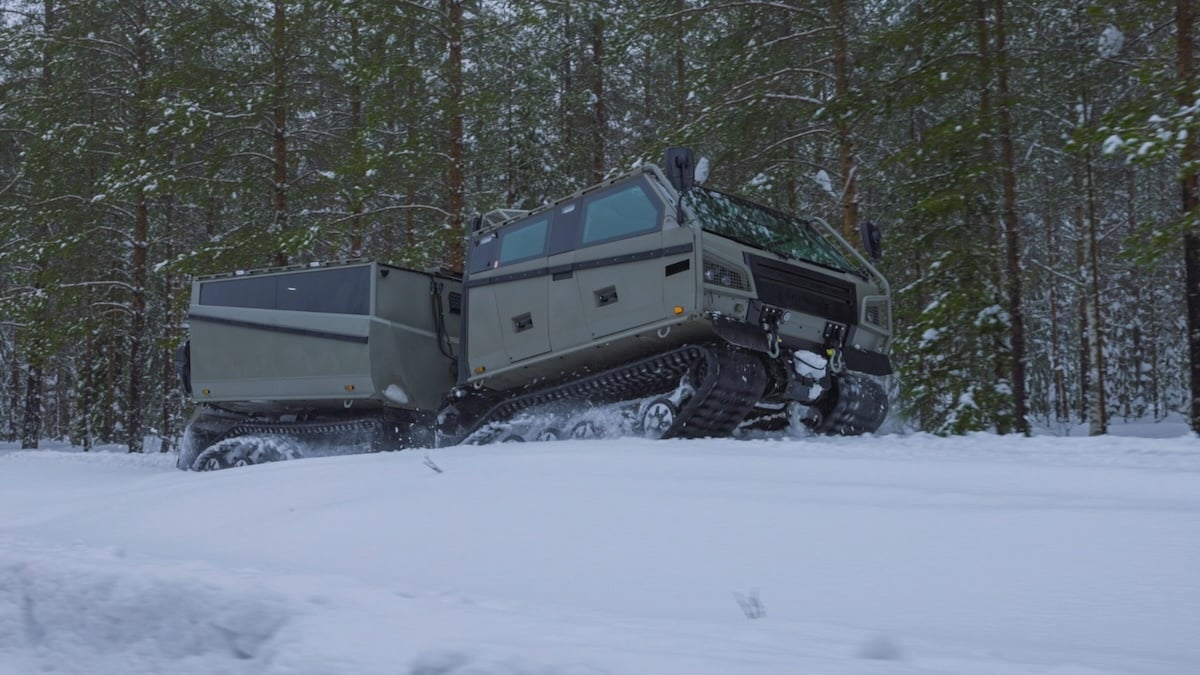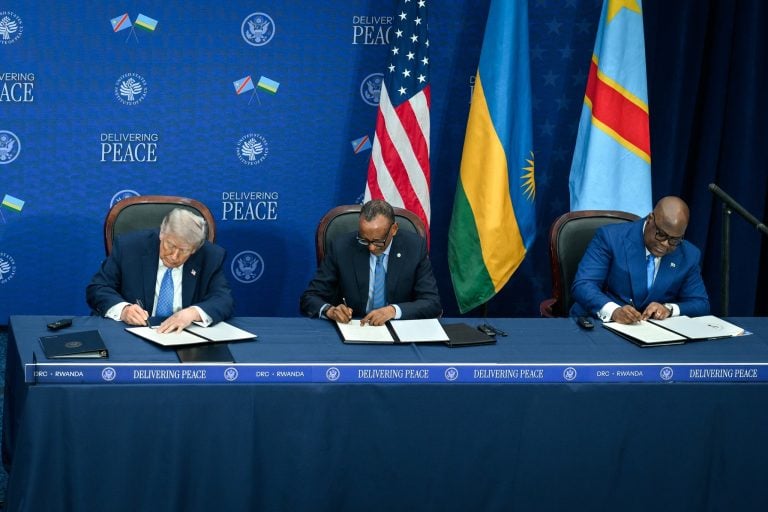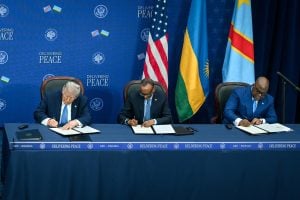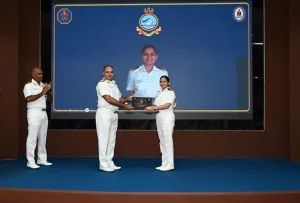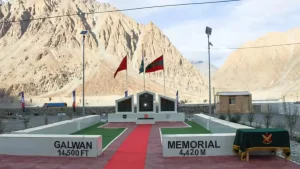In a strategic move to enhance Canada’s Arctic mobility capabilities, BAE Systems Hägglunds has joined forces with General Dynamics Land Systems (GDLS)-Canada to participate in Ottawa’s Domestic Arctic Mobility Enhancement (DAME) project. This collaboration aims to leverage BAE’s expertise in all-terrain vehicle design alongside GDLS’ established capabilities for in-service support throughout Canada.
The companies are presenting the BvS10 Beowulf all-terrain platform as their proposed solution to replace the Canadian army’s aging BV206 fleet. According to Tommy Gustafsson-Rask, managing director of BAE Systems Hägglunds, the Beowulf is backed by a “hot production line and a unified supply chain,” ensuring a steady availability of spare parts and support. This infrastructure also promotes interoperability with other military units, which is crucial for integrated defense operations.
Gustafsson-Rask emphasized the importance of Arctic capability for Canada, noting that the Beowulf’s robust design is aligned with the country’s current and future strategic objectives. The vehicle is engineered to perform effectively in extreme temperatures and challenging terrain, making it a pivotal asset for operations in Canada’s harsh northern regions.
Part of the BvS10 vehicle series, the Beowulf boasts impressive specifications. It can transport up to 14 personnel or carry a payload of approximately 8,000 kilograms (17,637 pounds), reaching speeds of 65 kilometers (40 miles) per hour. The dual-body design is adaptable to a variety of environmental conditions, including extreme Arctic climates, muddy terrains, snow, ice, and even deep water, thanks to its amphibious capabilities.
GDLS-Canada Vice President and General Manager, Dave Haggerty, highlighted that the Beowulf will incorporate “made-in-Canada features tailored to national requirements.” This partnership aims to assure the success of the DAME initiative, bolstering Canada’s defense infrastructure in the Arctic.
The DAME program, with a funding allocation estimated between 250 to 499 million Canadian dollars (approximately $178 to $355 million), reflects Ottawa’s commitment to enhancing its operational presence in the Arctic and northern regions. The program intends to procure a fleet of medium-sized, amphibious, high-mobility carriers designed for year-round operations in extreme conditions, alongside support trailers.
The proposed fleet will consist of a standardized vehicle with four specialized variants: command post, troop-carrying, cargo and equipment-carrying, and ambulance configurations. Initial deliveries of these vehicles are projected for 2029 to 2030, with the final deliveries anticipated between 2031 and 2032.
In addition to the collaboration between BAE Systems Hägglunds and GDLS-Canada, Canadian defense manufacturer Roshel has formed a partnership with Singapore’s ST Engineering to present the ExtremV platform as an alternative for the DAME project, further diversifying the options for enhancing Canada’s Arctic mobility capabilities.
